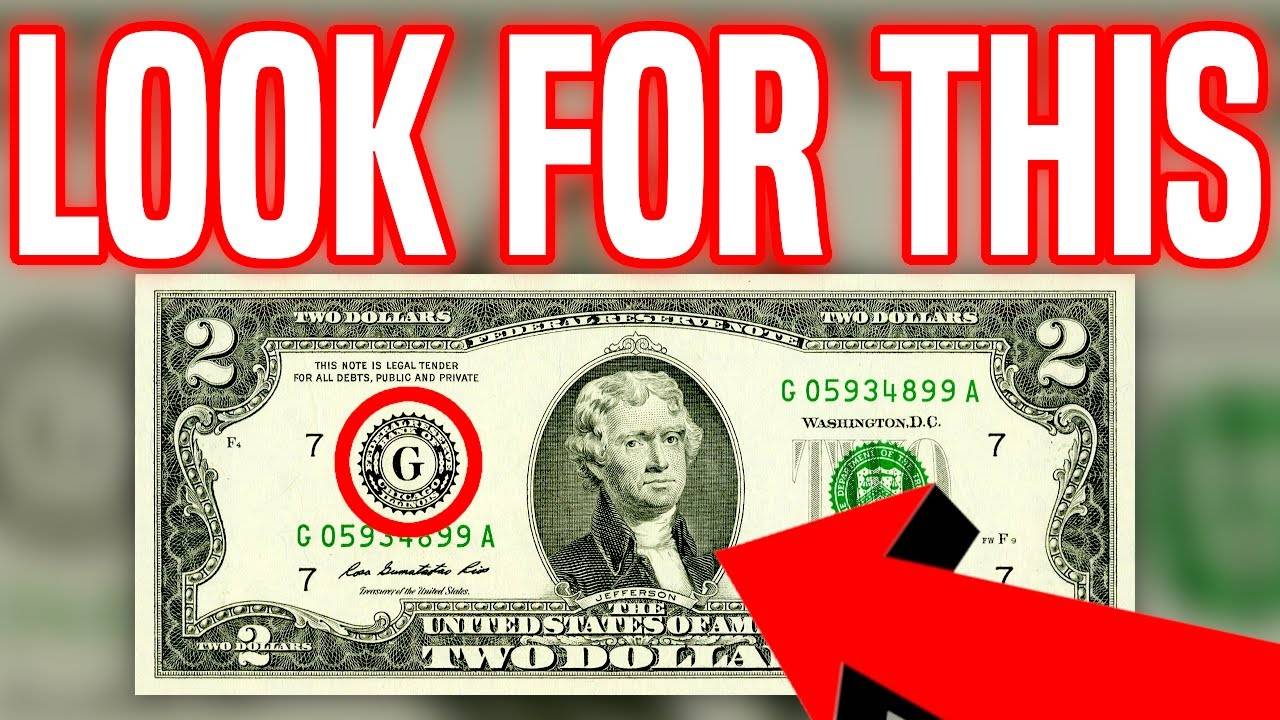Rare $2 Bill Hidden in family mementos and forgotten collections across America, ordinary-looking $2 notes can be of extraordinary value. Recent discoveries show that rare 1928 Star Notes have sold for up to $65,000, turning these ordinary-looking notes into numismatic treasures.
What makes a $2 note a Star Note jackpot? Rare $2 Bill
Star notes represent a special type of currency substitution. When the Bureau of Engraving and Printing finds incomplete sheets during production after the serial numbers have been printed, they use “star” sheets as replacements, which have a star symbol (*) instead of a suffix letter.
1928 Series: The Crown Jewel of $2 Notes
The 1928 $2 note was the first small, legal tender note to bear the distinctive seal of Thomas Jefferson’s home, Monticello, in red rather than green. This historical significance, combined with the star designation, creates exceptional appeal for collectors.
Factors Determining Star Note Value Rare $2 Bill
Currency experts evaluate star notes based on their condition, rarity, serial number, and market demand. The most valuable specimens remain in an uncirculated state, well-preserved even after decades of use.
Star Note Value Reference Table
| Series Year | Condition | Estimated Value Range | Rarity Level |
|---|---|---|---|
| 1928 Star Note | Uncirculated | $50,000 – $70,000 | Extremely Rare |
| 1953 Red Seal | Very Fine | $100 – $500 | Rare |
| 1976 Bicentennial Star | Uncirculated | $20 – $900 | Moderate |
| 1995-2019 Star | Circulated | $5 – $25 | Common |
How to Identify Your Potential Jackpot
- Step-by-Step Authentication Process
- Check the Serial Number: Look for a star symbol (*) instead of a letter at the end
- Check the Series Year: Pay attention to the 1928, 1953 and 1976 versions
- Assess the Condition: Uncirculated notes fetch good prices
- Verify Authenticity: Consult professional grading services for valuable specimens
- Recent Discovery Stories
- A Florida woman found her grandmother’s 1928 Star Note, worth $65,000, while sorting through family belongings. The discovery demonstrates how valuable currency is often hidden in unexpected places.
Market Trends and Investment Potential
Recent auction results show that high-grade 1928 $2 Star Notes are consistently selling for between $50,000 and $70,000, reflecting strong demand from collectors for historically significant currency.
Where to Sell Valuable Star Notes
Professional currency dealers, established auction houses and reputable online platforms provide legitimate selling venues. Currency pricing guides and comparisons to recent sales help determine fair market value.
Expert Recommendations
Currency experts recommend carefully reviewing inherited notes and coins, as rare notes such as a 1928 Star Note, a 1934 Silver Certificate or a 1953 Red Seal Note often lie unrecognized in storage.
Always handle potentially valuable currency with gloves and consider professional grading for authentication. The rarity of a Star Note depends on the size of the production run and the total number of notes printed, with smaller numbers of notes being worth more.
Frequently Asked Questions
Q: How do I know if my $2 note is a Star Note?
Answer: Look at the end of the serial number – Star Notes have a star (*) symbol instead of a letter.
Q: Are all old $2 notes valuable?
Answer: No, only specific series with star designations, printing errors, or perfect condition have significant collector value.
Q: Where can I get my Star Note appraised?
Answer: Contact certified numismatic dealers or professional grading services for an authentic appraisal.
Also Read: – Rare 2014 Sacagawea Dollar with Mule Error Sells for $2.1 Million
